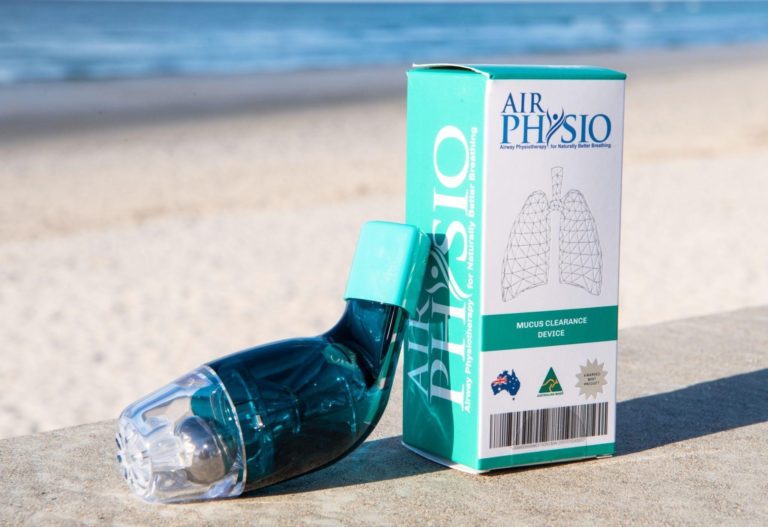
An Overview of Tummy Tucks: All the Information You Need to Know
A stomach tuck sometimes called an abdominoplasty, is a cosmetic surgical operation to change how the abdomen looks and feels.
Excess skin and fat are removed from the abdomen during a stomach tuck. Sutures are frequently used to tighten the fascia, the connective tissue in the belly. The remaining skin is then moved to give off a toned appearance.
If you have extra skin or fat around your belly button or a weak lower abdominal wall, you could decide to get a tummy tuck in Beverly Hills. Your self-image may also improve after a belly tuck.
1-Why it’s done
A belly tuck can be combined with other body-contouring cosmetic surgeries, such as breast augmentation. You might elect to get a tummy tuck after liposuction to remove the fat from your abdomen because liposuction only eliminates the tissue just under the skin and the fat, not any extra skin.
You can have extra body fat, skin that isn’t very elastic, or weak connective tissue in your abdomen. These consist of:
- Weight fluctuations
- Pregnancy
- Stomach surgery, such as a C-section
- Aging
- Your inherent body type
A stomach tuck can tighten the weak fascia and remove loose, extra skin and fat. Stretch marks and extra skin in the lower abdomen beneath the belly button get removed during a tummy tuck. A belly tuck cannot remove stretch marks outside of this region.
2-Requirements to be the ideal candidate for tummy tuck
Not everyone should get a stomach tuck. Your doctor could advise against having a stomach tuck if you:
- Make a major weight loss plan.
- Future pregnancy is a possibility
- Possess a serious chronic illness, such as diabetes or heart disease
- Own a body mass index higher than 30
- Smoke
3-What are the risks of having a tummy tuck
Risks associated with stomach tucks include:
- After surgery, drain tubes can aid in lowering the chance of fluid buildup—fluids buildup underneath the skin (seroma). After surgery, your doctor may drain fluid using a needle and syringe.
- Wounds don’t heal well. On occasion, the incision line’s surrounding tissues heal slowly or start to separate. To avoid an infection, you could receive antibiotics before, during, and after surgery.
After having a belly tuck, you might need to see your surgeon frequently.
4-How to prepare for a tummy tuck
Your plastic surgeon will probably go over your medical background during your initial consultation. Be prepared to talk about both current and previous medical conditions.
- Discuss any drugs you are now taking or have recently taken, as well as any operations you have had. A plastic surgeon will discuss a belly tuck with you.
- Describe your reasons for wanting a belly tuck and your expectations for your appearance following the treatment.
- If you have an allergy to any medicines, let your doctor know.
- The doctor will check your abdomen to identify your treatment options. The doctor may also take images of your abdomen for your medical file.
Make sure you know the procedure’s advantages and hazards, including the possibility of scarring. Remember that prior abdominal surgery may have limited your outcomes.
In conclusion
A belly tuck can make your abdomen look more toned and thinner by removing extra skin and fat and strengthening your abdominal wall. If you keep your weight stable, the effects of a tummy tuck are typically long-lasting. For a one-on-one consultation about getting a tummy tuck in Beverly Hills, contact Dr. Barrett.
















